In interior design, incorporating culturally diverse artworks is not just a trend but a profound way to celebrate and reflect the rich tapestry of global cultures. However, integrating the artistic representation of cultural heritage into our spaces requires thoughtful consideration, sensitivity, and an appreciation for the narratives and histories these pieces embody.
Artistic Representation of Cultural Heritage: Understanding the Significance of Cultural Artworks
Artistic representation of cultural heritage is more than just aesthetic appeal; it’s a storytelling medium, a historical archive, and a symbol of identity. Grasping chosen artworks’ history, meaning, and context is crucial for crafting spaces that honour and value their cultural origins.
Integrating cultural artworks into your design enhances aesthetics and imbues spaces with emotion and personal significance, elevating their appeal and comfort. When choosing cultural art, assessing the scale, colours, and styles of the existing decor is vital, ensuring a seamless fusion or deliberate contrast. This thoughtful amalgamation fosters a harmonious synergy between cultural art and design, enriching personalisation and ambience.
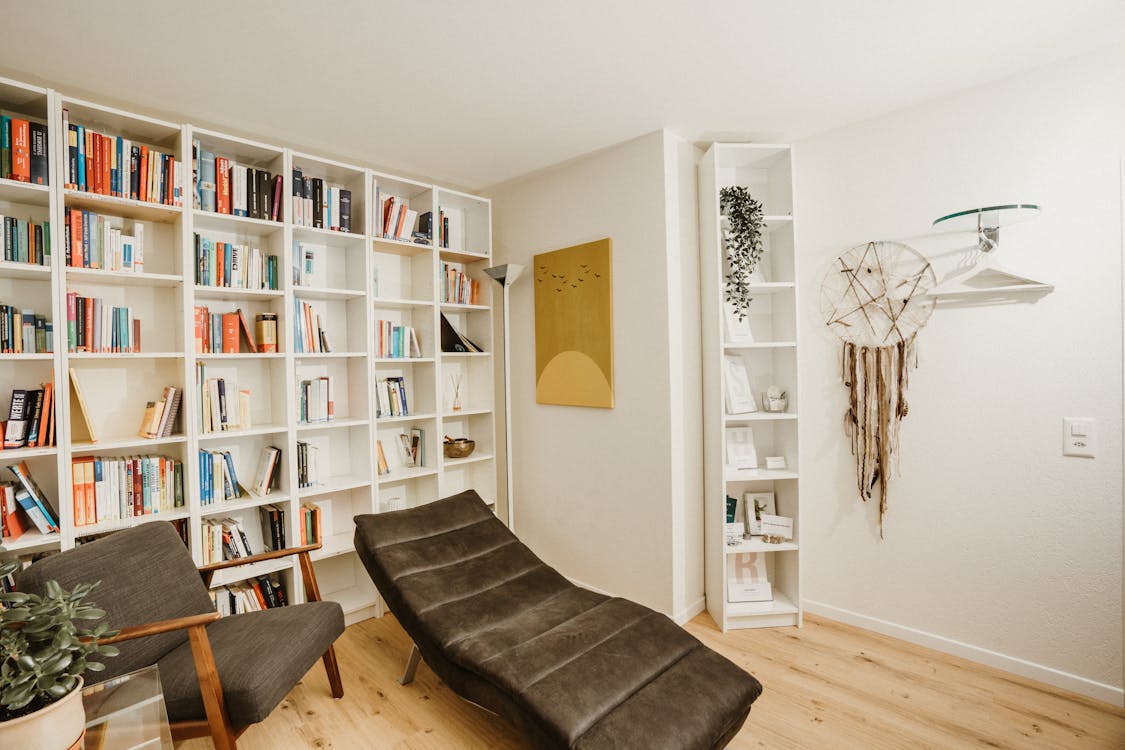

Additionally, the variety of art captures the rich diversity of creators, each contributing their unique personalities and viewpoints through media such as paintings, sculptures, and photography. Exploring the narratives behind these pieces empowers one to curate spaces that not only exude visual charm but also convey captivating stories and evoke deep emotions.
Therefore, when integrating art into interior design, it’s essential to delve into the artwork’s background and understand its cultural and historical context. This approach ensures that the art is not merely decorative but also meaningful, promoting an environment of appreciation and respect for the artistic expressions being showcased.
Ethical Sourcing and Representation in Artistic Representation of Cultural Heritage
Incorporating the artistic representation of cultural heritage into interior spaces also demands ethical sourcing. Purchasing art directly from creators or community-beneficial sources significantly supports the artists, allowing them to sustain and further their craft. This direct engagement not only aids in procuring necessary materials for artists but also cultivates a deeper connection between the artist and the buyer, offering a more meaningful experience than acquiring mass-produced items.
Furthermore, investing in art from local artists or community-based sources can significantly impact local communities. It provides financial support to the artists and helps preserve cultural crafts and traditions. When purchased directly, artists don’t have to share a significant portion of the sale with galleries, allowing them to benefit from their work.
By supporting hometown talents, communities can become financially and culturally richer, creating a vibrant atmosphere that encourages creativity and artistic expression.
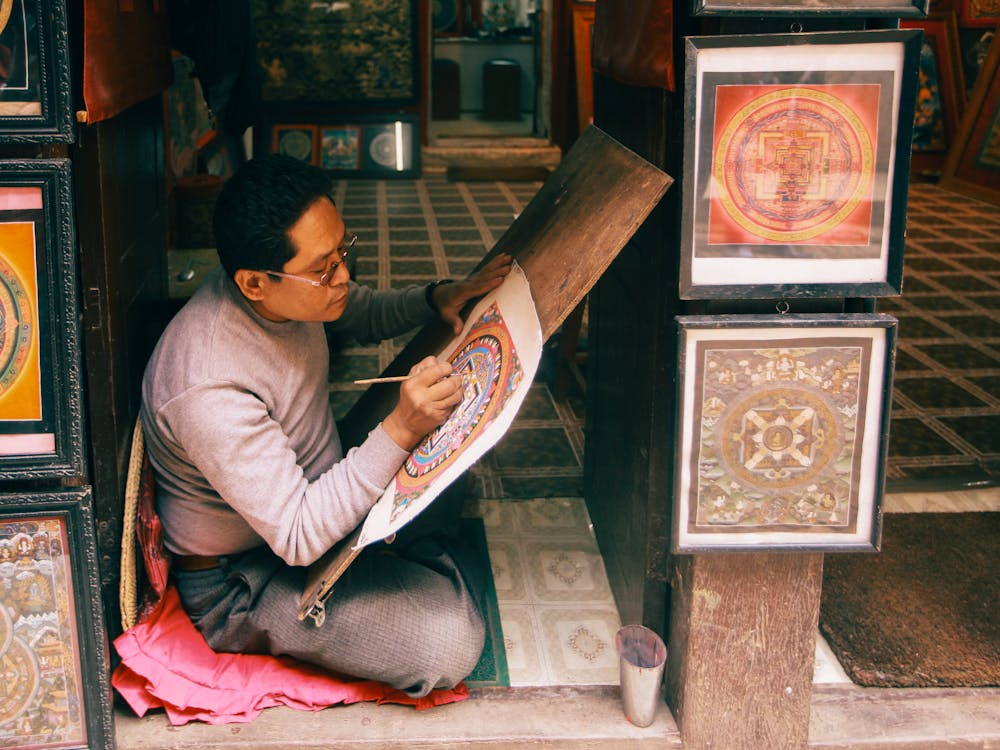
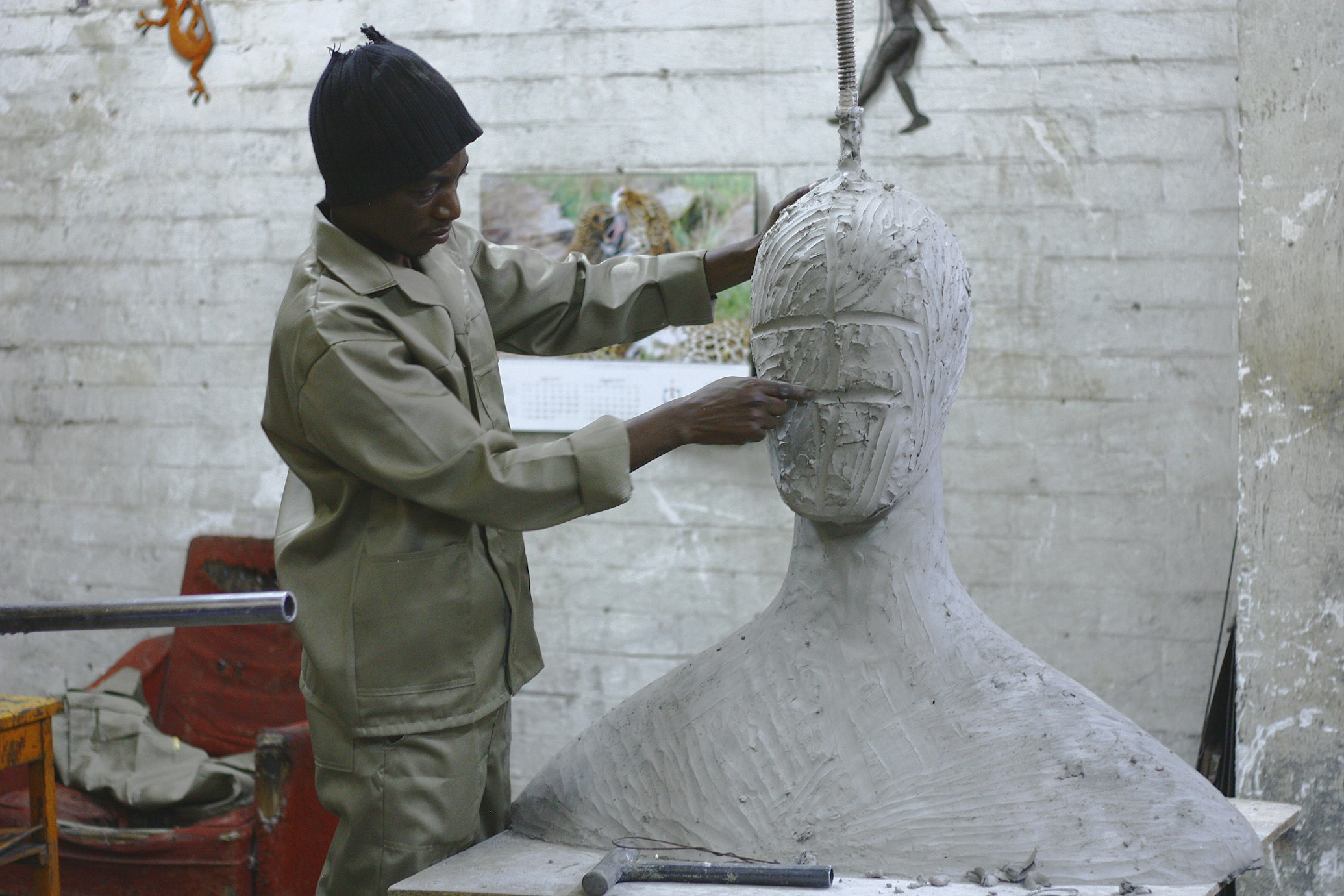
Moreover, buying directly can be seen as an investment. As artists gain popularity, the value of their work can increase, potentially offering financial returns to the collector over time. This aspect, combined with the pieces’ unique and often limited nature, adds a sense of exclusivity to your collection.
For those interested in supporting artists and enhancing their spaces with unique and meaningful artwork, exploring local galleries, community art fairs, or online platforms facilitating direct artist connections is a great start. This ensures that your purchase benefits the creators directly and contributes to the art community’s richness and diversity.
Artistic Representation of Cultural Heritage: Navigating Cultural Sensitivity in Design
When it comes to integrating the artistic representation of cultural heritage, cultural sensitivity is paramount. Navigating sensitivity in design, primarily when representing different cultures, is a complex yet vital aspect. This involves understanding, respecting, and accurately representing the nuances of different cultures, histories, and values. Here are some key considerations and strategies for achieving sensitivity and respect in artistic representations of cultural heritage:
1. Research and Understanding
- In-depth Research: Before purchasing anything, it’s crucial to thoroughly research the cultural context, symbols, history, and meanings of the elements you plan to represent. This includes understanding the depicted subjects’ cultural significance, historical context, and contemporary relevance.
- Consultation: Engage with individuals from the culture you’re representing. Seek guidance from cultural historians, scholars, and community members to ensure the depiction is accurate and respectful.
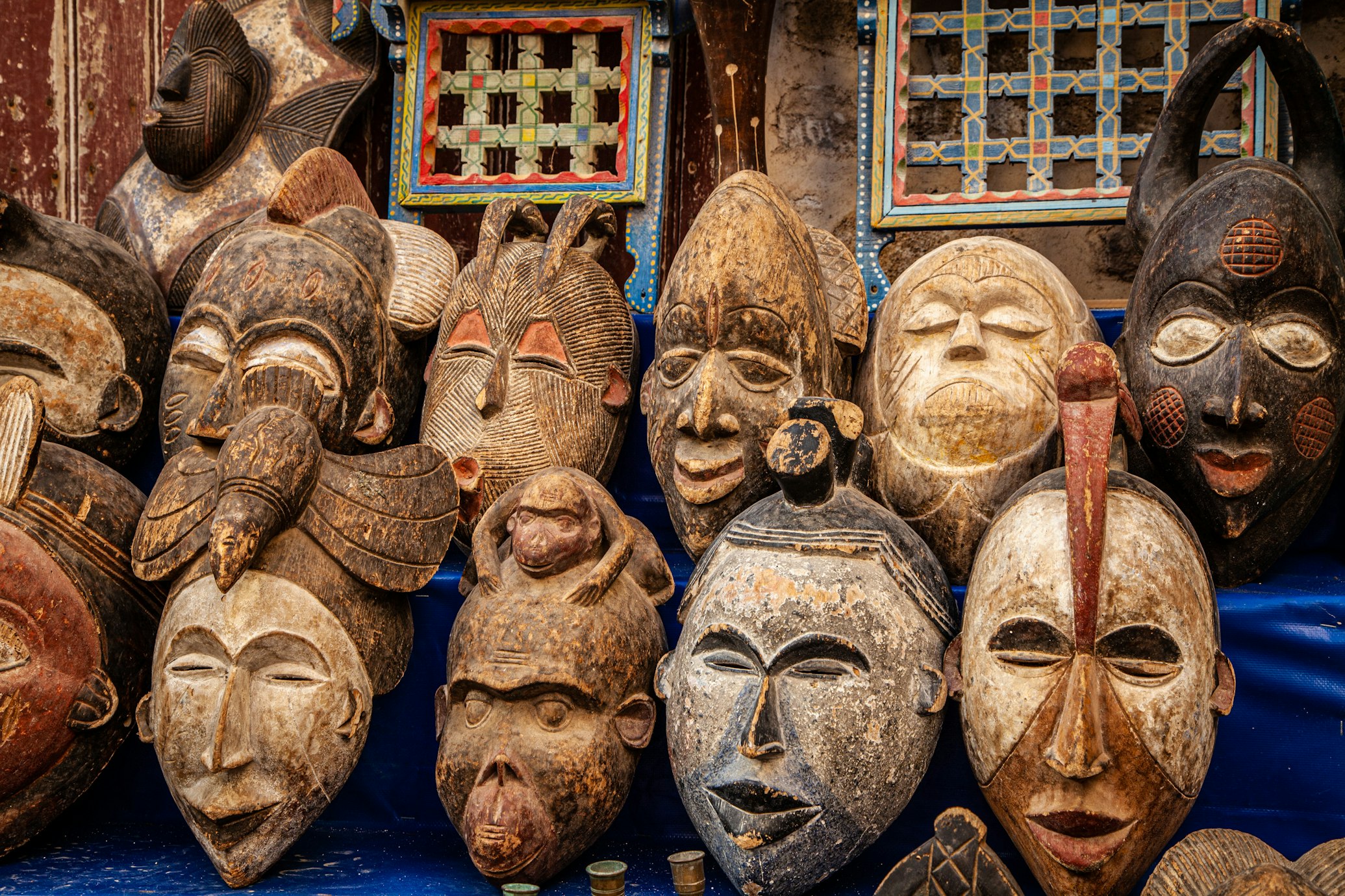
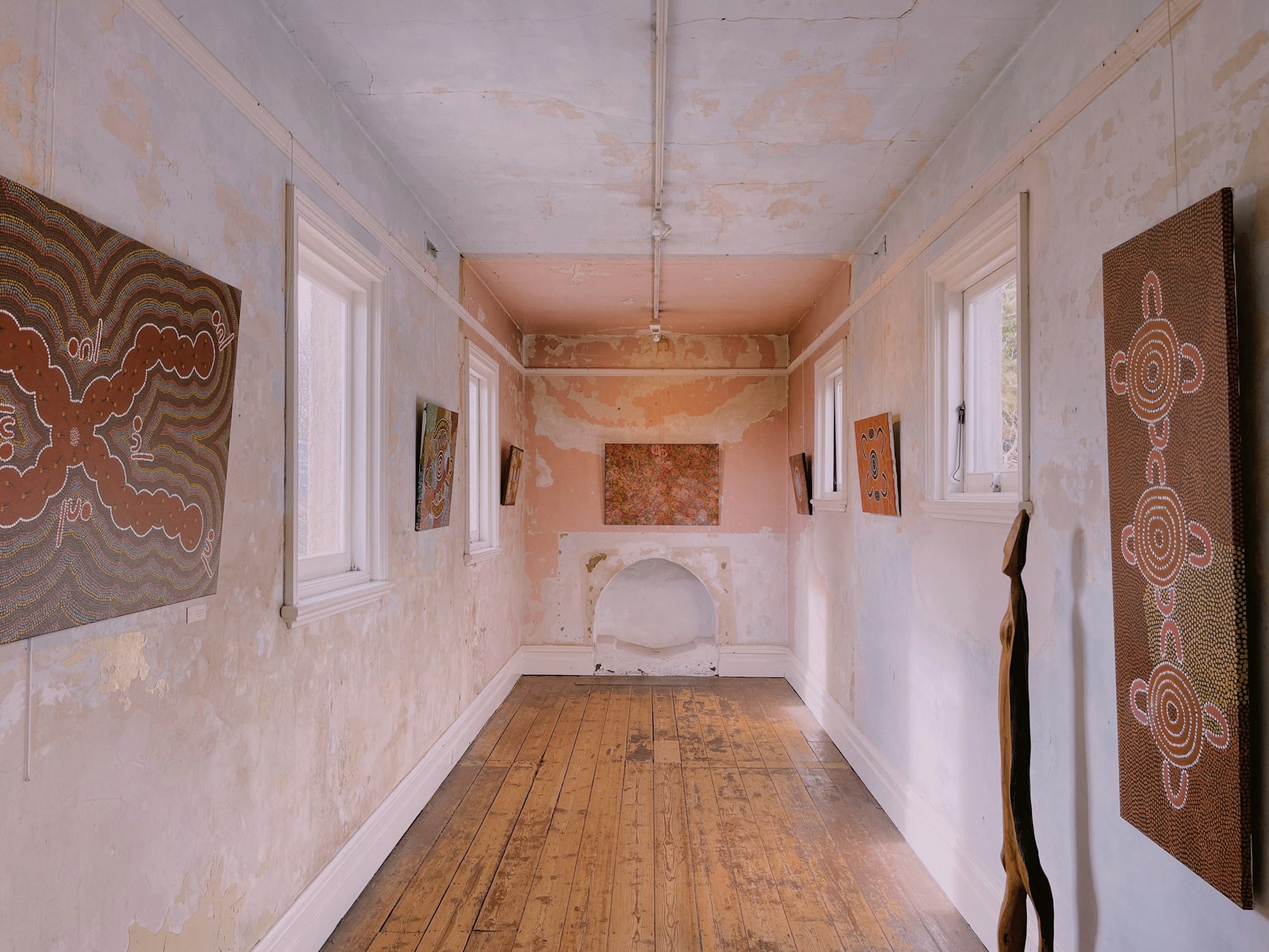
2. Ethical Considerations
- Cultural Appropriation vs. Appreciation: Be mindful of the thin line between cultural appreciation and appropriation. Appreciation involves respect, understanding, and acknowledgement, while appropriation often involves using elements of a culture without permission or understanding, often for one’s benefit.
- Consent and Collaboration: Collaborate with members of the depicted culture whenever possible. Ensure you understand the cultural elements depicted, especially those that are sacred or of significant cultural importance.
3. Representation and Authenticity
- Avoid Stereotypes: Steer clear of clichés and stereotypes, which can oversimplify and misrepresent complex cultures. Focus on authentic and nuanced representations.
- Diverse Perspectives: Include a range of voices and perspectives from the culture, especially those that may be underrepresented or marginalised.
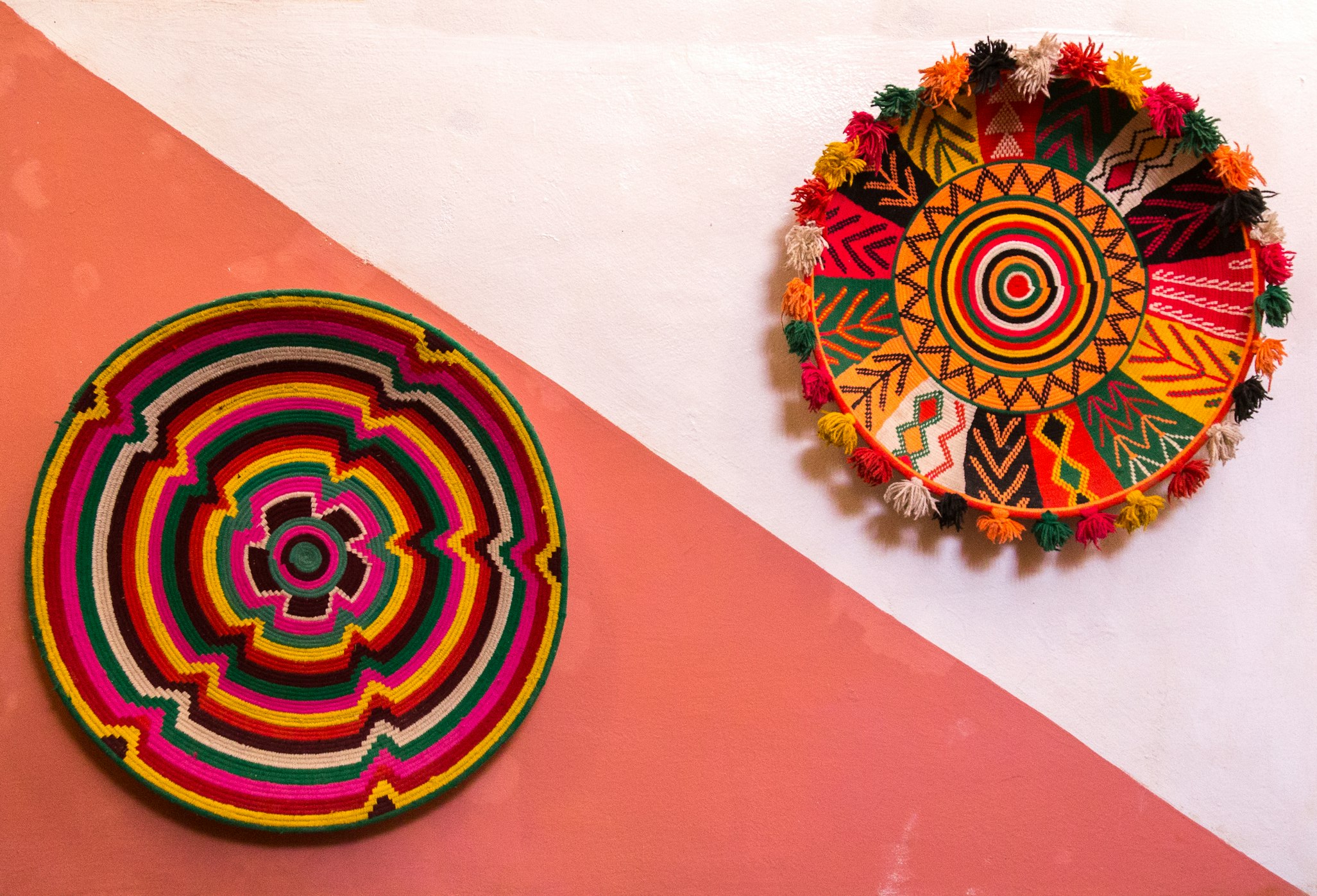
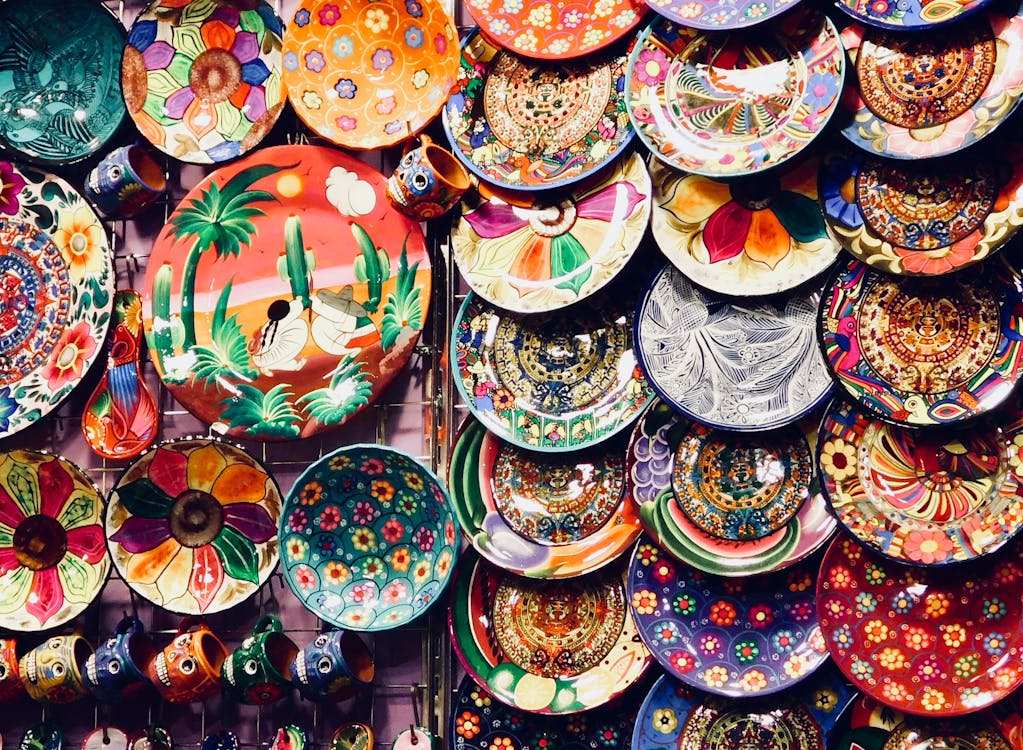
4. Sensitivity and Respect
- Contextual Sensitivity: Be sensitive to the historical and contemporary context of the cultural elements you’re depicting, including any histories of colonisation, oppression, or cultural erasure.
- Respectful Representation: Your work should respect the represented culture’s dignity, values, and traditions. Avoid sensationalising or trivialising cultural elements.
5. Feedback and Revisions
- Openness to Feedback: To ensure respectful and accurate representation, be open to feedback from members of the culture represented and willing to make revisions based on this feedback.
- Continuous Learning: Recognise that cultural sensitivity is an ongoing process that requires constant learning, listening, and adaptation.

Artistic representation of cultural heritage carries a great responsibility. By approaching this with respect, collaboration, and continuous learning, designers and artists can create works that honour and celebrate cultural heritage while navigating the complexities of cultural sensitivity. It’s about creating a dialogue, fostering understanding, and building bridges between cultures through art and design.
Conclusion
The artistic representation of cultural heritage in interior design offers a beautiful opportunity to celebrate and honour the diversity of our world. By prioritising embracing ethical procurement, valuing aesthetic contributions, and being mindful of cultural sensitivities, we can design environments that are visually appealing, profoundly respectful, and culturally insightful. This thoughtful approach to design beautifies our surroundings and bridges cultures, fostering a deeper appreciation for the diverse world we share.

